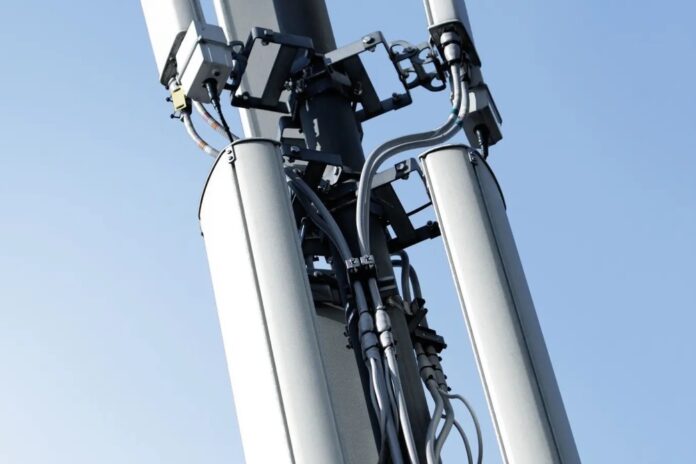The operator begins rollout of GPS sensors in September in Albania with plans ultimately to deploy the sensors across its entire mobile footprint
Vodafone is to use GP to align land-based 4G and 5G antennas and consistently provide the best mobile signal. Mobile antennas often shift over time due to weather or seismic activity, which can degrade the quality of connection.
From September, Vodafone will roll out the satellite guided sensors, starting in Albania then extending to other countries. They will be installed within new radio antennas, located on top of mobile masts. The operator says it will be the first mobile operator to use this technology in a commercial network to ensure antennas are precisely aligned and remain that way.
Difficulties of manual alignment
Antennas are installed manually by engineers. Positioning them for optimal performance is not straightforward. Working at heights of up to 50m, an engineer must consider: the azimuth, that is, the angle the antenna is pointing relative to geographic north; its tilt to determine the distance and area the signal reaches; and elevation above sea level to avoid anything that might disrupt its performance. This job is complicated when a mast houses multiple radio antennas from different operators.
The sensors Vodafone is to insert within antenna will collect GPS-based location information from modules installed at different points on the antenna and other performance data. The sensors almost immediately relay details of the antenna’s alignment back to one of Vodafone network operations centres. There engineers can either automatically reposition antenna or dispatch a colleague to deal with more complex installations.
Network precision is key
Alberto Ripepi, Chief Network Officer of Vodafone, said, “As smartphones pack in ever more functionality, network precision is key. Antenna alignment is now one of the most critical aspects when it comes to installing and maintaining high-performing mobile networks. By integrating sensors into new radio antennas, we can more easily fine-tune our radios to give customers the optimal signal quality.”
Vodafone has been working closely with its network vendors to ensure that the information provided by the sensors can be easily collected and is consistent across its entire pan-European network using a standard industry protocol. Ultimately, Vodafone aims to dynamically control the position of its radio antennas to match demand, for example, serving commuters on the move, sports fans at stadia or music festival goers.
Network as a Sensor
This innovation is part of a wider Network as a Sensor programme, designed to leverage Vodafone’s geographical reach, via about 160,000 masts, across Europe and Africa. Vodafone is already using sensors on its masts to forecast rainfall and other weather conditions at a micro-climate level to alert people and first responders of flooding and other natural and dangers created by humans.




